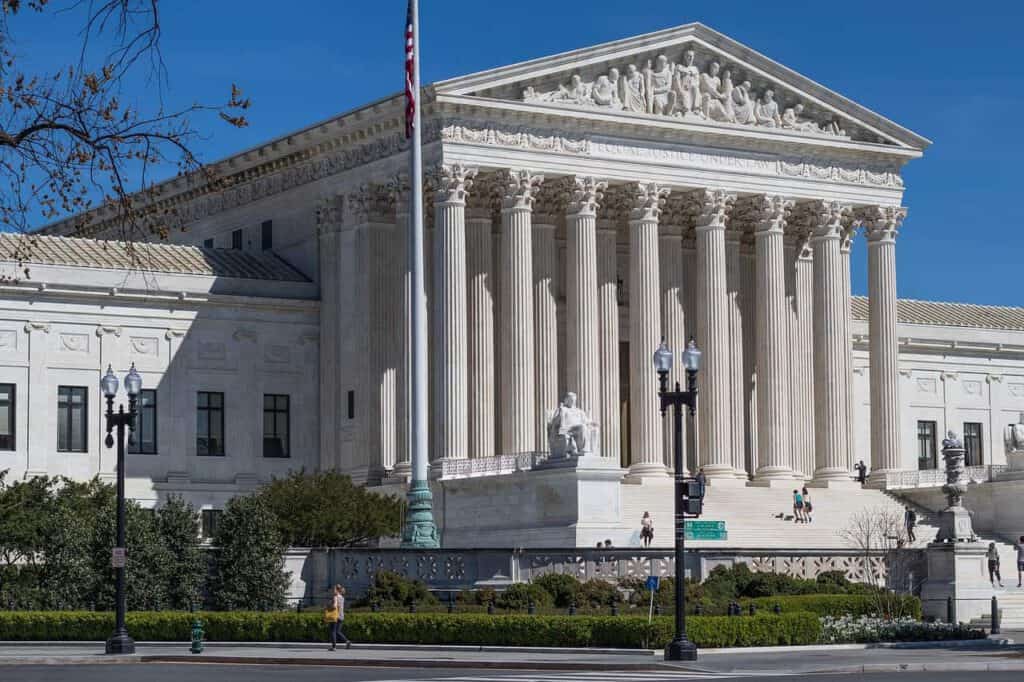Amicus Briefs
Bessent v. Dellinger
CASE SUMMARY
NCLA urged the Supreme Court vacate a district court’s temporary restraining order (TRO) requiring President Donald Trump to reinstate the fired former head of the U.S. Office of Special Counsel, Hampton Dellinger. The President has absolute constitutional authority to remove Executive Branch officials at will.
The Constitution vests all executive power in the President. The Founders understood that “executive power” included the ability to execute the law, as well as the nation’s action, strength, or force. That understanding confirms that a President’s authority to remove subordinates must be absolute. As the Supreme Court recently held in Seila Law v. Consumer Financial Protection Bureau, the President maintains authority to both “supervise and remove the agents who wield executive power in his stead.” That removal authority must be absolute for the President to be able to uphold his constitutional duty to “take Care that the Laws are faithfully executed.”
Although the Constitution expressly limits the President’s power to appoint Executive Branch officials by requiring congressional approval of principal officers, it leaves his removal authority unqualified. That difference in treatment means that the President’s power to remove principal officers like Dellinger remains unrestricted.
The President can delegate executive authority to subordinates, which is often practically necessary to run the government. The threat of removal is the only certain way he can control his delegatees, ensuring that their actions or inactions remain consistent with the President’s policies and priorities. A federal district court judge lacks the power to enter an administrative stay or TRO to stop the President from firing his subordinate—let alone to force that person’s reinstatement. That is why prior lawsuits from fired federal officials have sought back pay, not reinstatement. The district judge overreached massively here in usurping executive power.
In March 2025, the U.S. Court of Appeals for the D.C. Circuit stayed the permanent injunction that would have allowed Hampton Dellinger to remain head of the U.S. Office of Special Counsel. The D.C. Circuit’s decision meant Dellinger was removed from office as President Trump directed, a victory for NCLA.
OUR TEAM
RELEVANT MATERIALS
NCLA FILINGS
Order and Opinion of the U.S. Court of Appeals for the D.C. Circuit
March 10, 2025 | Read More
Order of the U.S. Court of Appeals for the District of Columbia Circuit
March 5, 2025 | Read More
Ruling of the U.S. Supreme Court
February 21, 2025 | Read More
Amicus Curiae Brief of the New Civil Liberties Alliance in Support of an Administrative Stay and Vacatur
February 19, 2025 | Read More
PRESS RELEASES
IN THE MEDIA
Courts Aren’t Trampling Trump, They’re Trampling the Voters
February 24, 2025

